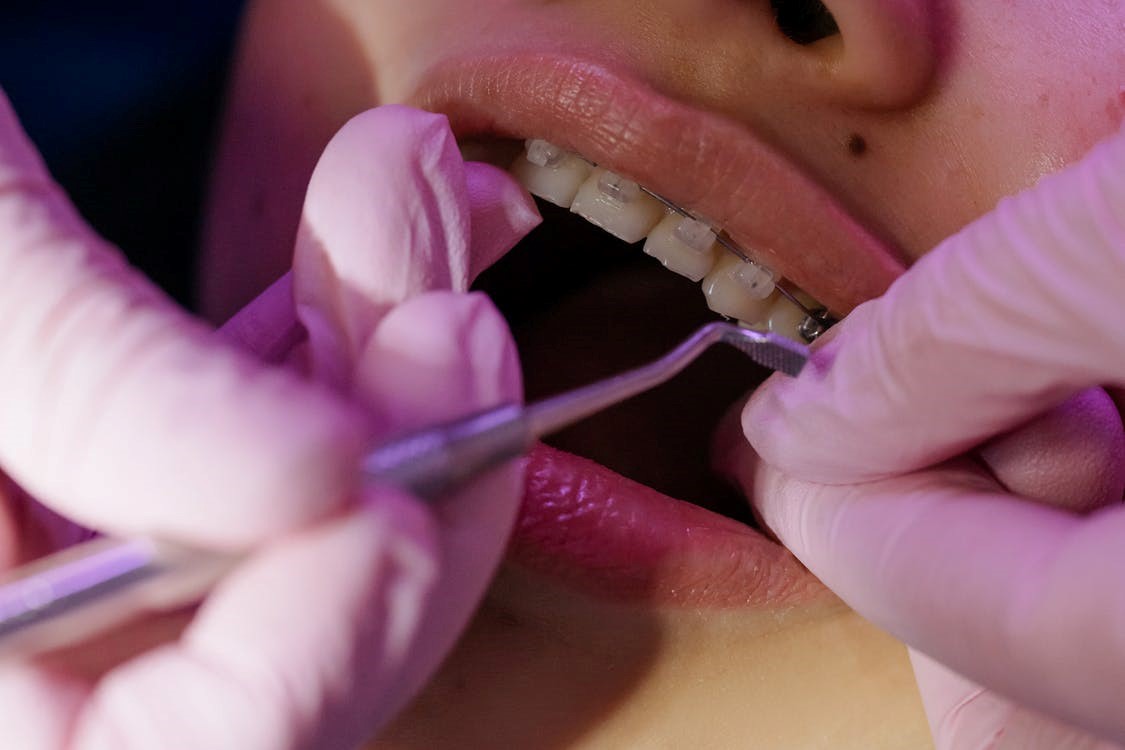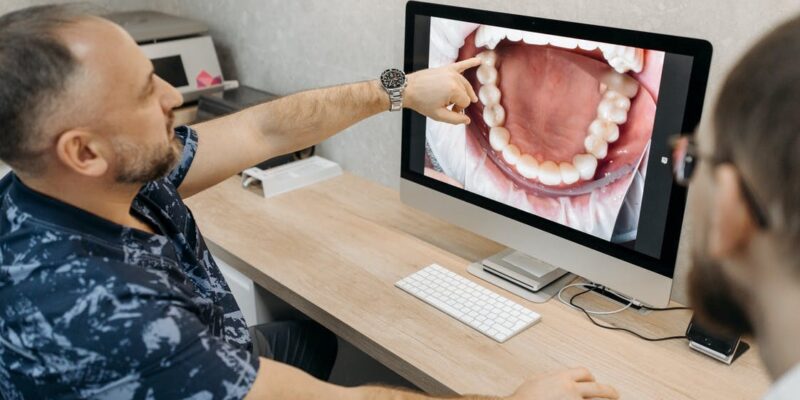Everyone wants to improve their smile. It is the first thing that people notice, and in a survey, over 96% of respondents believe that it is an integral part of a person’s appearance. Fortunately, today there are more options available for teeth straightening than ever before.
As you began to look at different treatment plans, you will have plenty of questions regarding braces and Invisalign and which option is better for you. A treatment option that works best for one person may not work out for this. To make an informed decision, you must have all the necessary information.
More Subtle Appearance
The significant difference between traditional braces and Invisalign is that, unlike braces, Invisalign appeals to the eye. While typical metal braces are noticeable, Invisalign, on the other hand, straightens your teeth without drawing attention. They are made up of virtually invisible material and are removable. Over 10 million people have used Invisalign as their preferred treatment plan to transform their smiles.
Treatment Period
When it comes to treatment time, traditional braces usually make a difference in 1 to 3 years, while Invisalign claims a shorter treatment period. It is recommended to wear Invisalign for 20 to 22 hours a day, but often patients do not complete the recommended time, lengthening their treatment plan period.

The Cost Factor
Compared to Invisalign, traditional braces are lighter on the pocket. While conventional braces will cost somewhere around $1700 to $6000, Invisalign can cost anywhere from $2400 to $9000.
Invisalign costs vary depending upon the number of trays required, but braces would be a more affordable option if treatment cost is an issue.
Which option is more effective?
The effectiveness of the treatment differs in each case. Traditional braces are more effective for misaligned and overlapping teeth and show more noticeable results in these complex conditions.
While Invisalign may be the option for you if your key priority is comfort, it is highly effective for movement and comfortably fits around the teeth without causing any discomfort. It can effectively treat a variety of conditions like open bites better than traditional braces can.
There is no fixed treatment that can has superiority over the other. Both braces and Invisalign have their advantages, but in the end, it comes down to personal choice and the required treatment plan for each case. Only an orthodontist can tell you which options work best for you.
To ensure that you have made the best possible decision, we can help you out. At Rapha Dental, we offer affordable family and cosmetic dentistry New Jersey. We have a team of dedicated professionals that care about you and your oral needs.
Contact us today and get a consultation from our experienced orthodontics.

